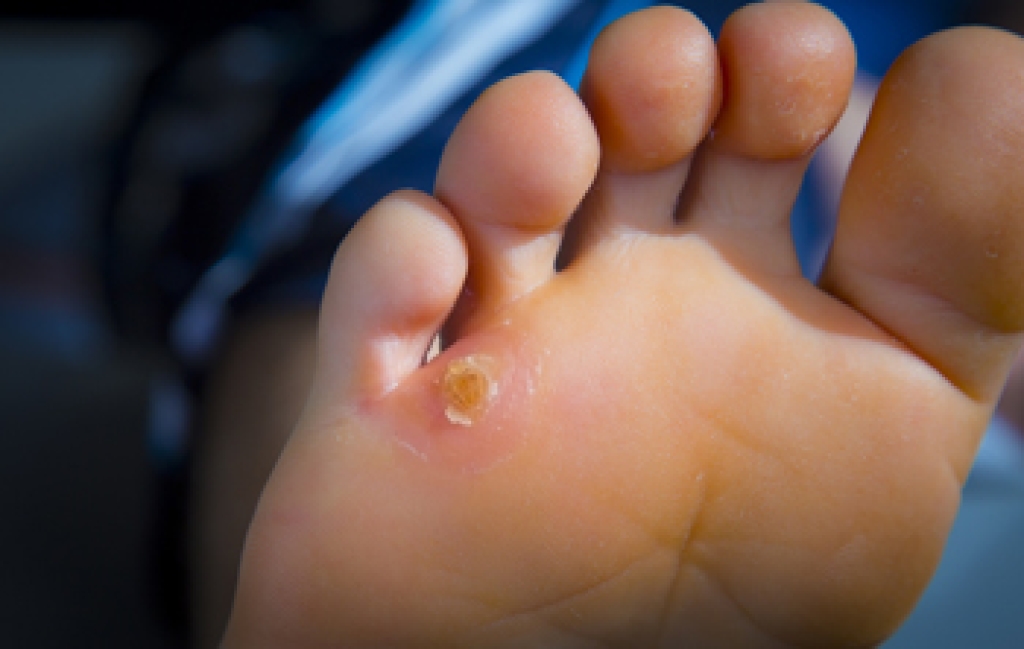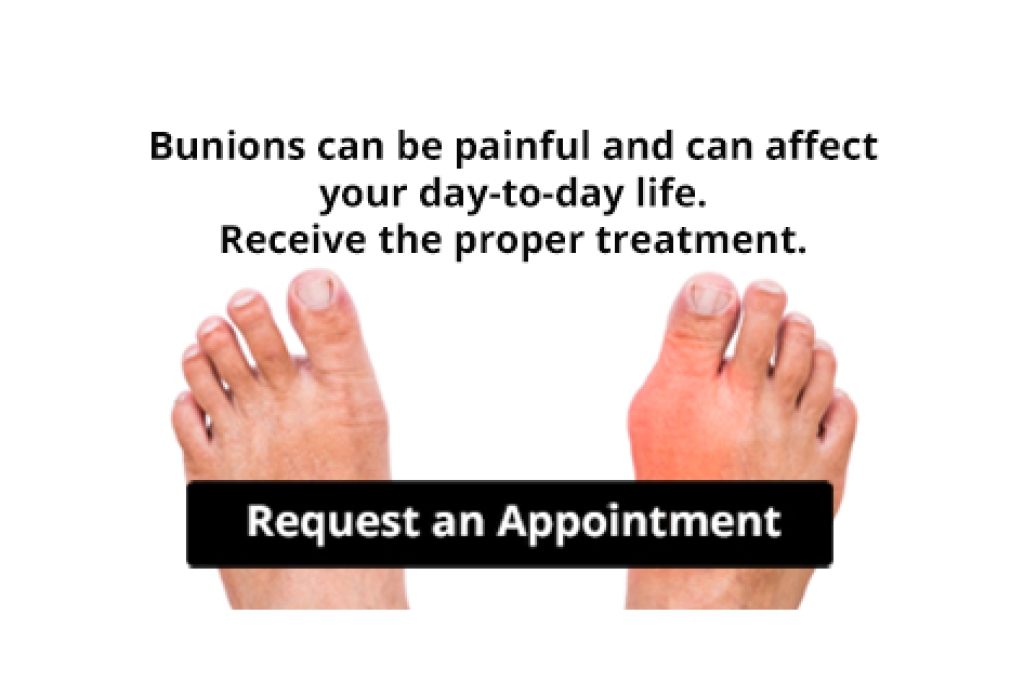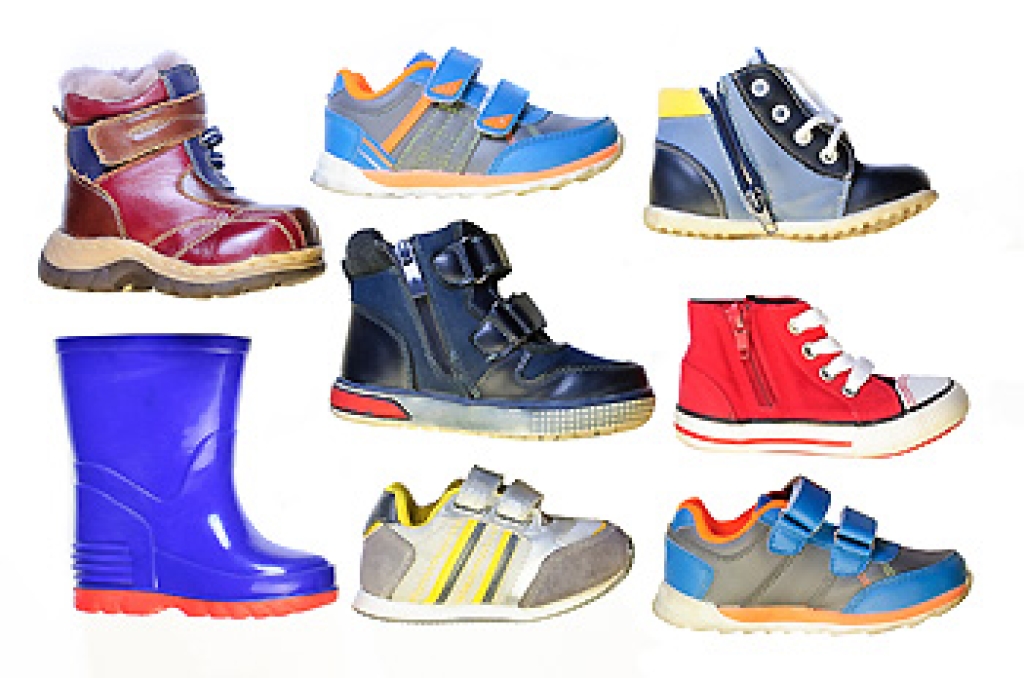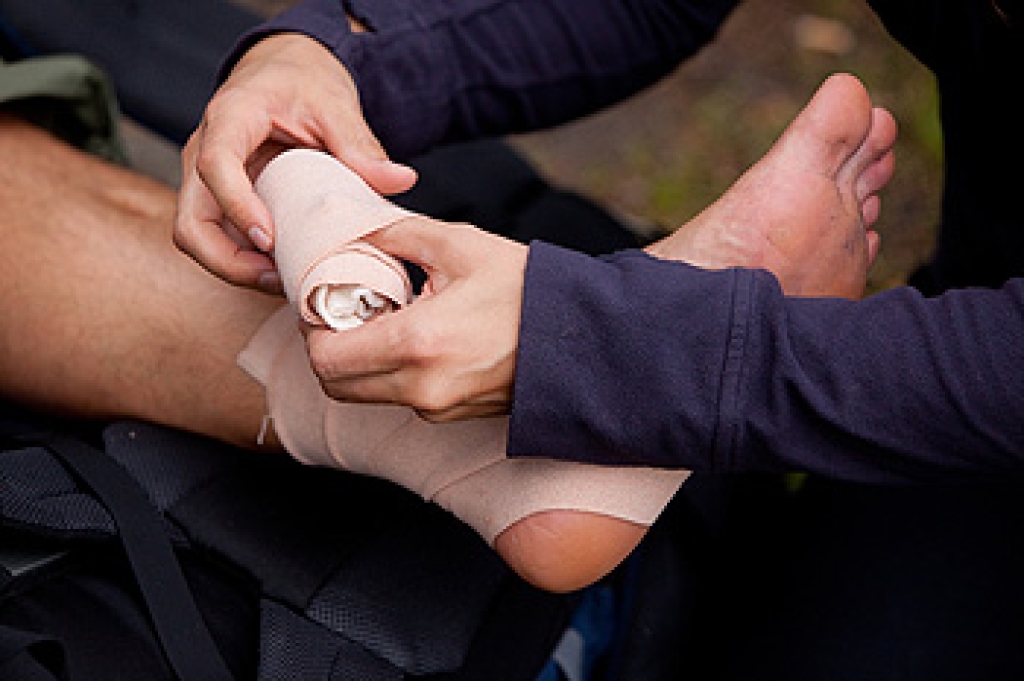 Elderly people may experience foot conditions, including the toenails becoming brittle, a loss of cushioning in the feet as the aging process occurs, and poor circulation. It is beneficial to wear shoes that fit correctly, as this may help to prevent some foot ailments, such as ingrown toenails, corns, and bunions, from developing. Circulation issues may be prevented when gentle stretches are frequently performed, and it may help to elevate the feet as often as possible. Washing and drying the feet thoroughly may help to prevent athlete’s foot from developing. Additionally, applying a good moisturizer daily may reduce the chances of getting cracked heels. If you would like more information about how to care for elderly feet, it is suggested that you confer with a podiatrist.
Elderly people may experience foot conditions, including the toenails becoming brittle, a loss of cushioning in the feet as the aging process occurs, and poor circulation. It is beneficial to wear shoes that fit correctly, as this may help to prevent some foot ailments, such as ingrown toenails, corns, and bunions, from developing. Circulation issues may be prevented when gentle stretches are frequently performed, and it may help to elevate the feet as often as possible. Washing and drying the feet thoroughly may help to prevent athlete’s foot from developing. Additionally, applying a good moisturizer daily may reduce the chances of getting cracked heels. If you would like more information about how to care for elderly feet, it is suggested that you confer with a podiatrist.
Proper foot care is something many older adults forget to consider. If you have any concerns about your feet and ankles, contact one of our podiatrists from APEX Foot & Ankle Center. Our doctors can provide the care you need to keep you pain-free and on your feet.
The Elderly and Their Feet
As we age we start to notice many changes in our body, but the elder population may not notice them right away. Medical conditions may prevent the elderly to take notice of their foot health right away. Poor vision is a lead contributor to not taking action for the elderly.
Common Conditions
- Neuropathy – can reduce feeling in the feet and can hide many life-threatening medical conditions.
- Reduced flexibility – prevents the ability of proper toenail trimming, and foot cleaning. If left untreated, it may lead to further medical issues.
- Foot sores – amongst the older population can be serious before they are discovered. Some of the problematic conditions they may face are:
- Gouging toenails affecting nearby toe
- Shoes that don’t fit properly
- Pressure sores
- Loss of circulation in legs & feet
- Edema & swelling of feet and ankles
Susceptible Infections
Diabetes and poor circulation can cause general loss of sensitivity over the years, turning a simple cut into a serious issue.
If you have any questions, please feel free to contact our offices located in Fort Myers, Shellpoint, and Naples, FL . We offer the newest diagnostic and treatment technologies for all your foot care needs.



